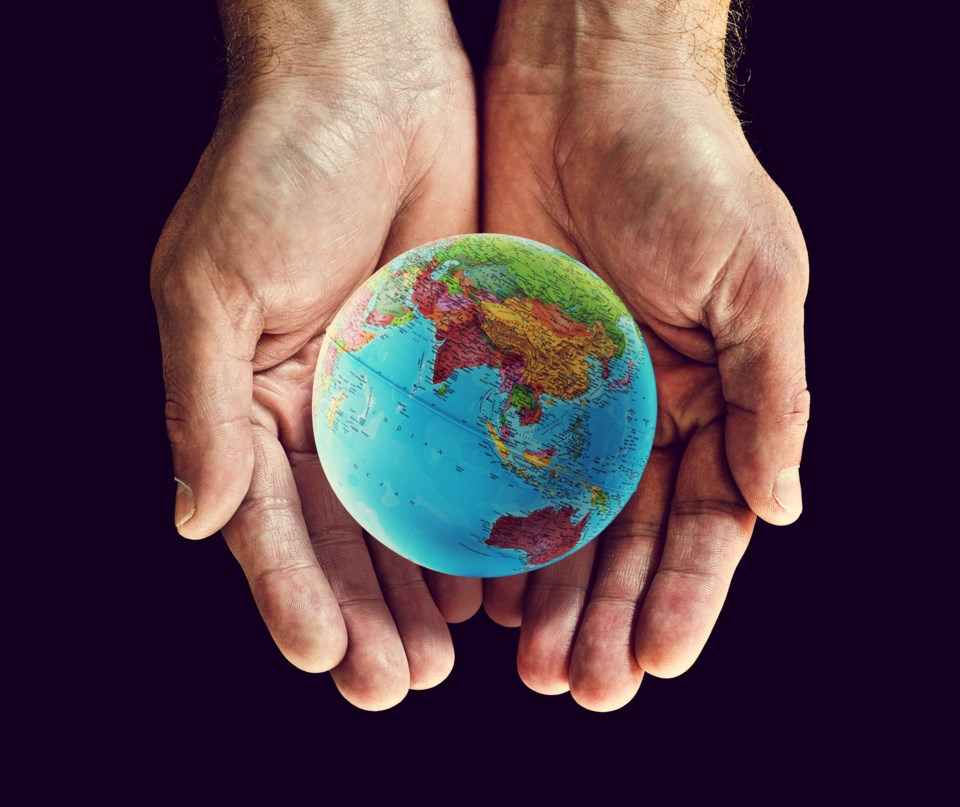Last week, we talked about the United Nations Sustainable Development Goals. In particular, goal #8, economic growth, which sounds good but is a questionable objective.
There are several reasons for this. The first is we simply don’t really have anywhere to grow. The Earth is a finite resource with a limited carrying capacity. There is only a finite amount of land, a finite number of arable acres, a finite quantity of fresh water, etc. At present, the human race consumes 125 percent of the Earth’s annual production.
Put another way, this is like spending a $125,000 each year when you are only earning $100,000.
Generally, that’s the road to ruin and unsustainable debt. It is only possible if you have a rich bank account to pull from. In the case of the Earth, we are spending down our “bank account” – our natural resources – to sustain this level of economic activity.
As long as nothing changes, we might have a few decades before things get too bad.
However, most of our consumption is within the developed world. Countries like the United States, Canada, many European states, Australia, and such have standards of living much higher than the rest of the world.
As countries such as China begin to develop a significant middle class with aspirations to live a more affluent western lifestyle, that 125 percent will increase. Indeed, we would need to consume 500 per cent of the Earth’s annual production if everyone lived a western lifestyle.
The Earth would be depleted in very short order and the impact on all organisms would be devastating.
Our economic model is built around continual economic growth. Our GDP has to rise, which is actually a false measure of prosperity because wildfires and floods generate massive spikes in the GDP of a country. After all, the GDP is a monetary measure of the final goods and services produced by a country each year.
Economic growth is tied to inflation as is GDP. And we are back to inflation rates not seen since the 1980s. Inflation was high for the whole decade, peaking at 12.8 percent. Unfortunately, the same tricks used to curb inflation back then won’t work any more.
Maybe it is time to rethink our fundamental economic model.
Todd Whitcombe is a chemistry professor at UNBC.



